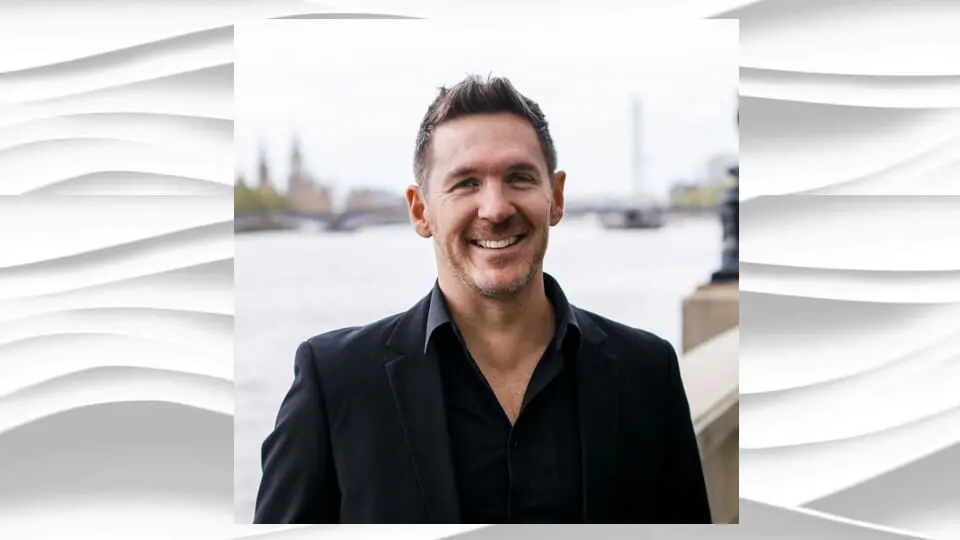Episode 137 – How a Fast Growth Service Firm Formalized Goal Setting to Get Focused – Member Case by Jason Mills
A strategy defines who you serve, what you do, how you do it, and how you do it differently. And a strategy begins with a clear set of goals. In this session, learn how a boutique adopted a formal goal setting methodology, called OKRs, to get focused on what matters most.


